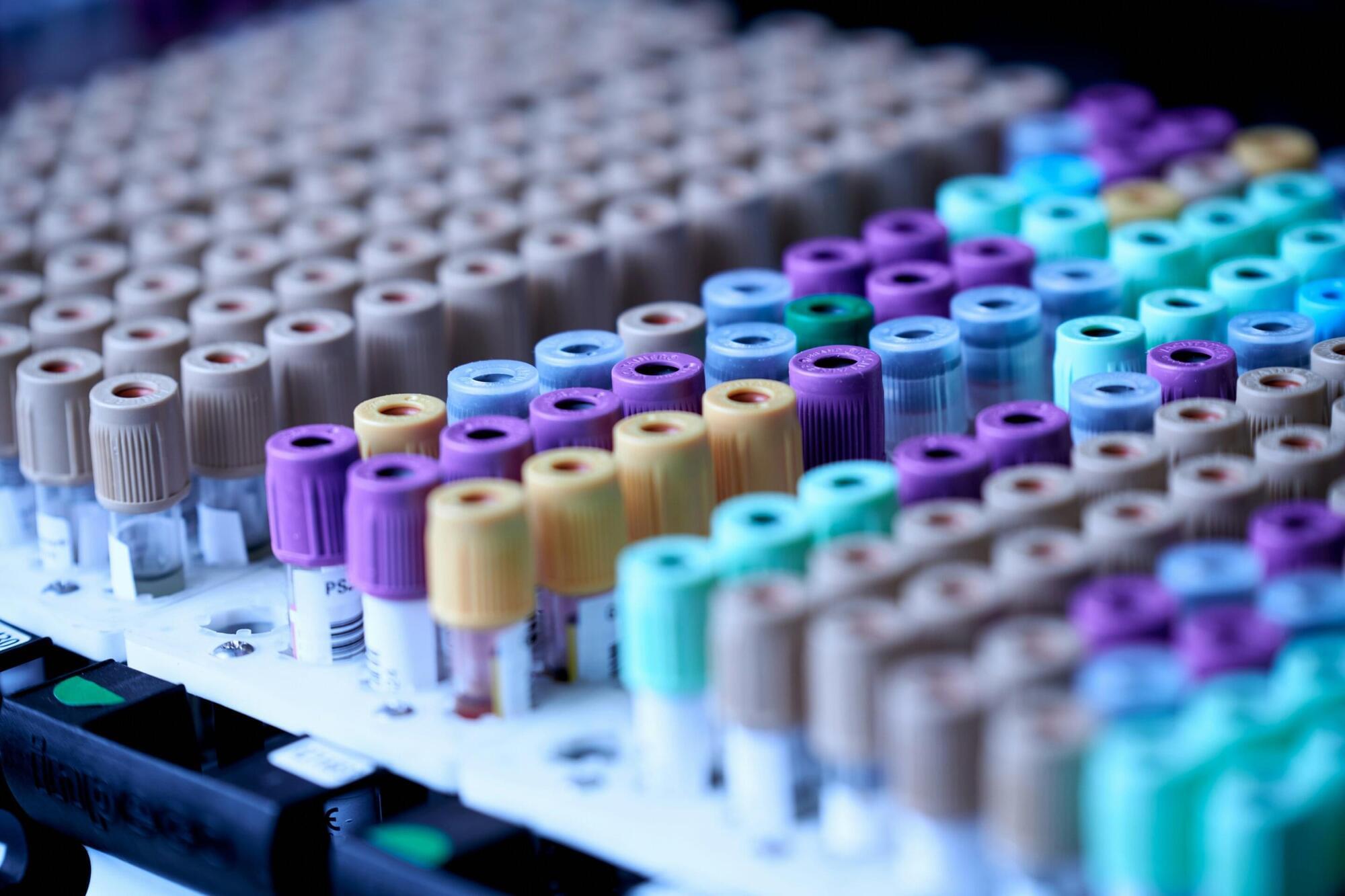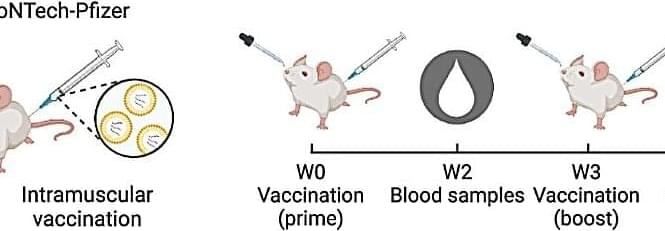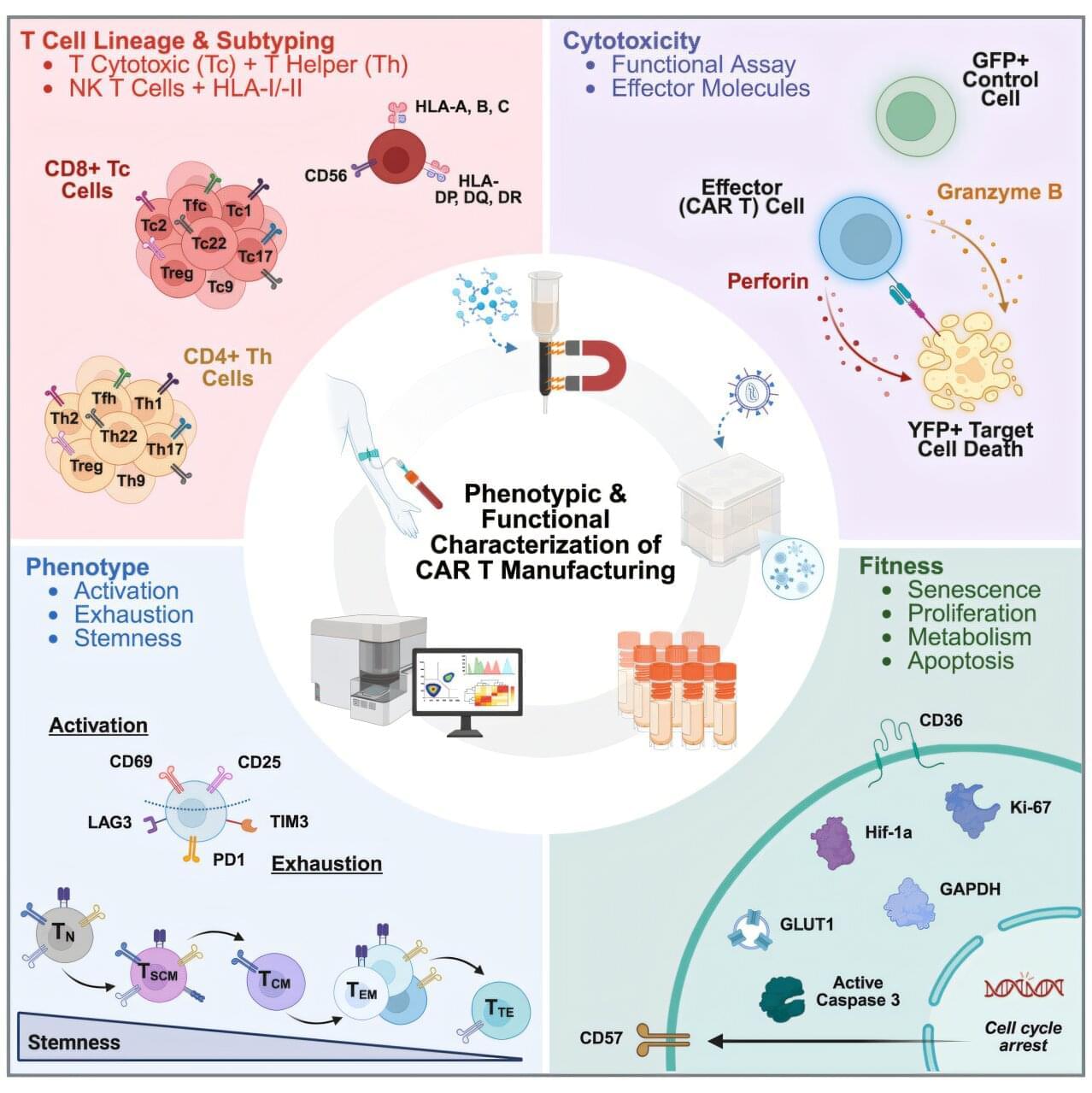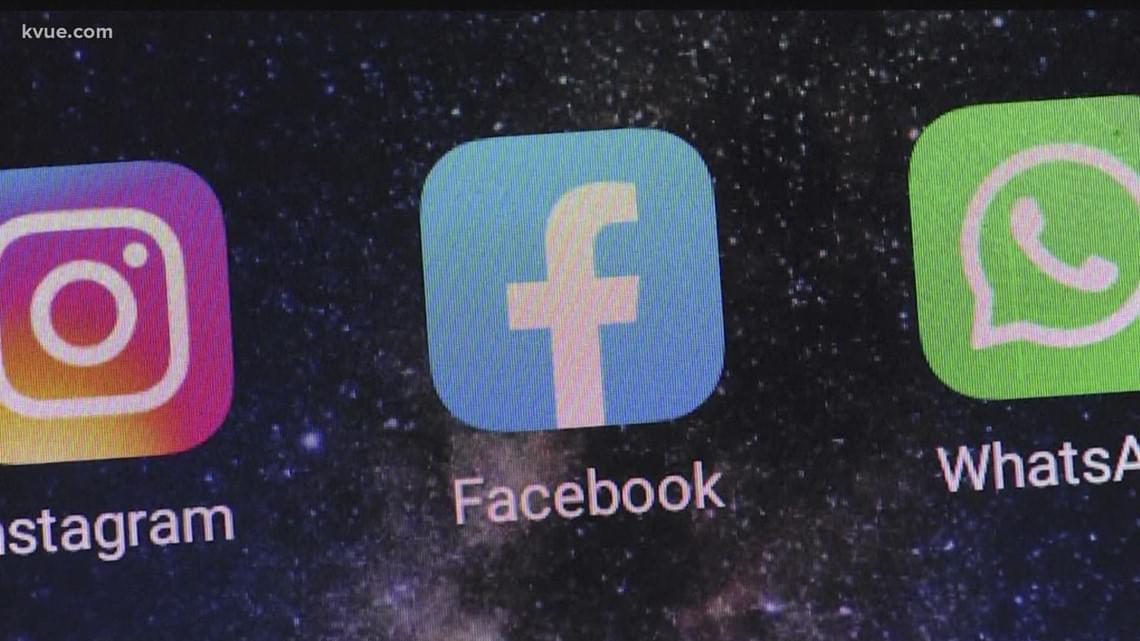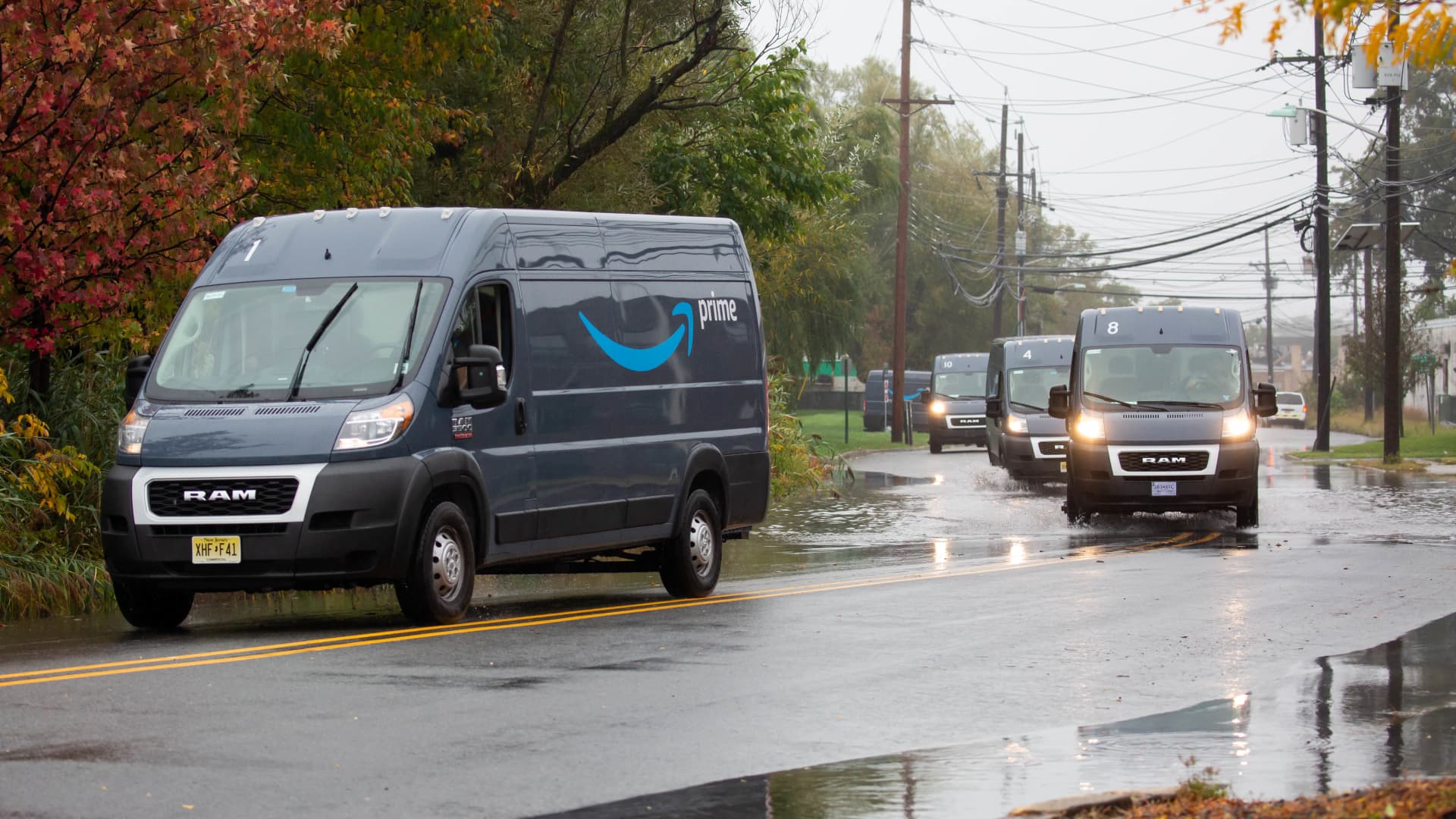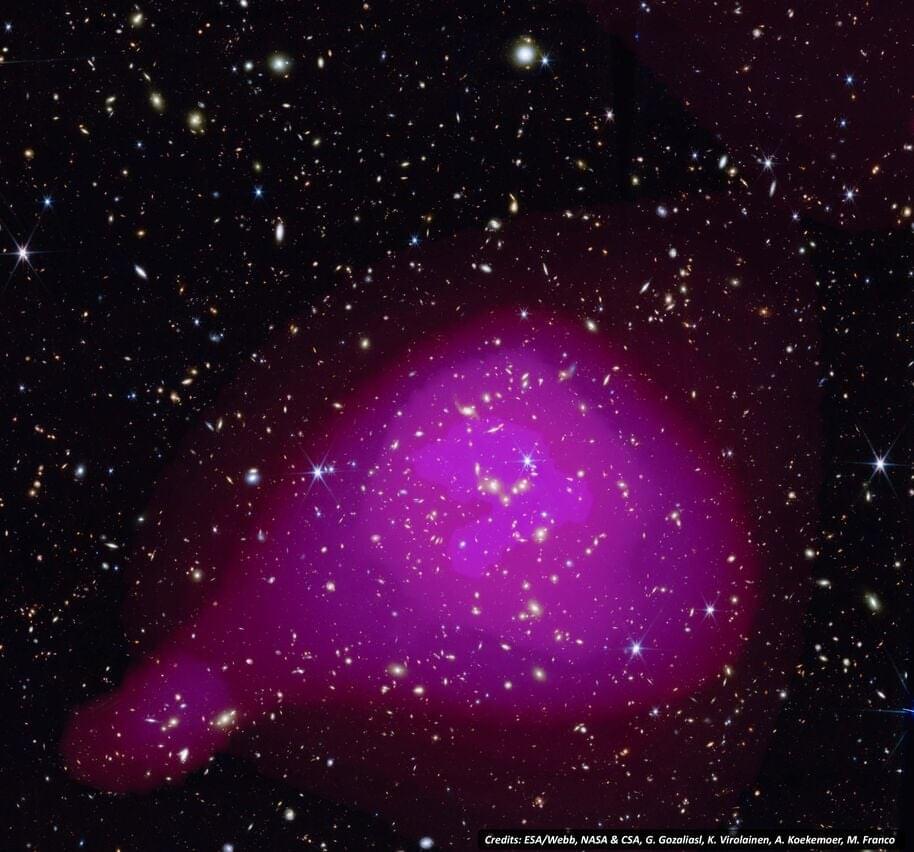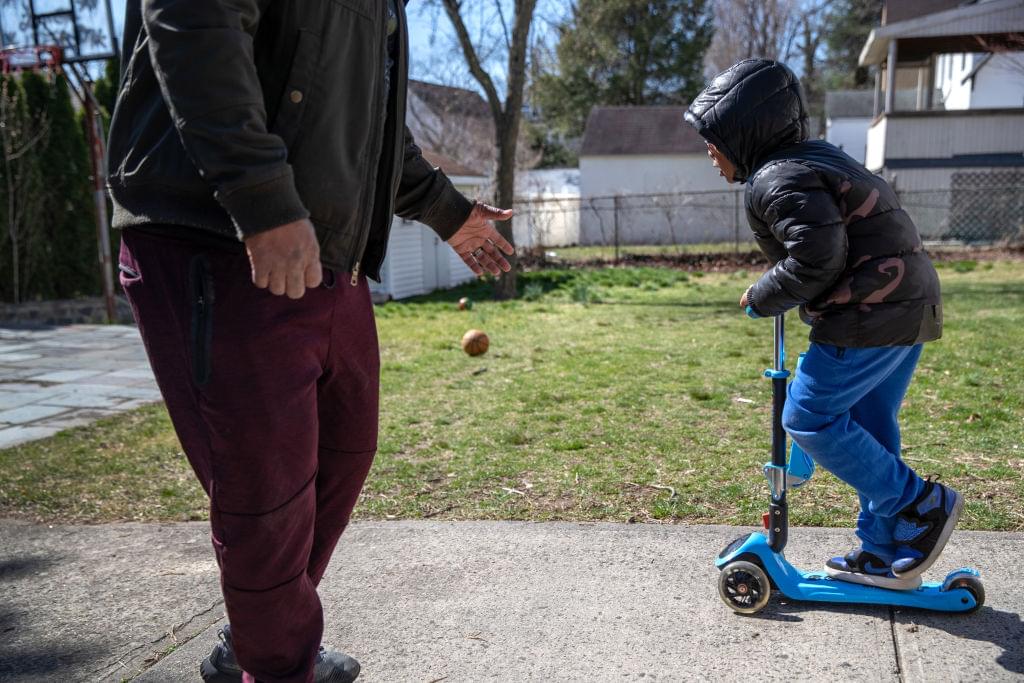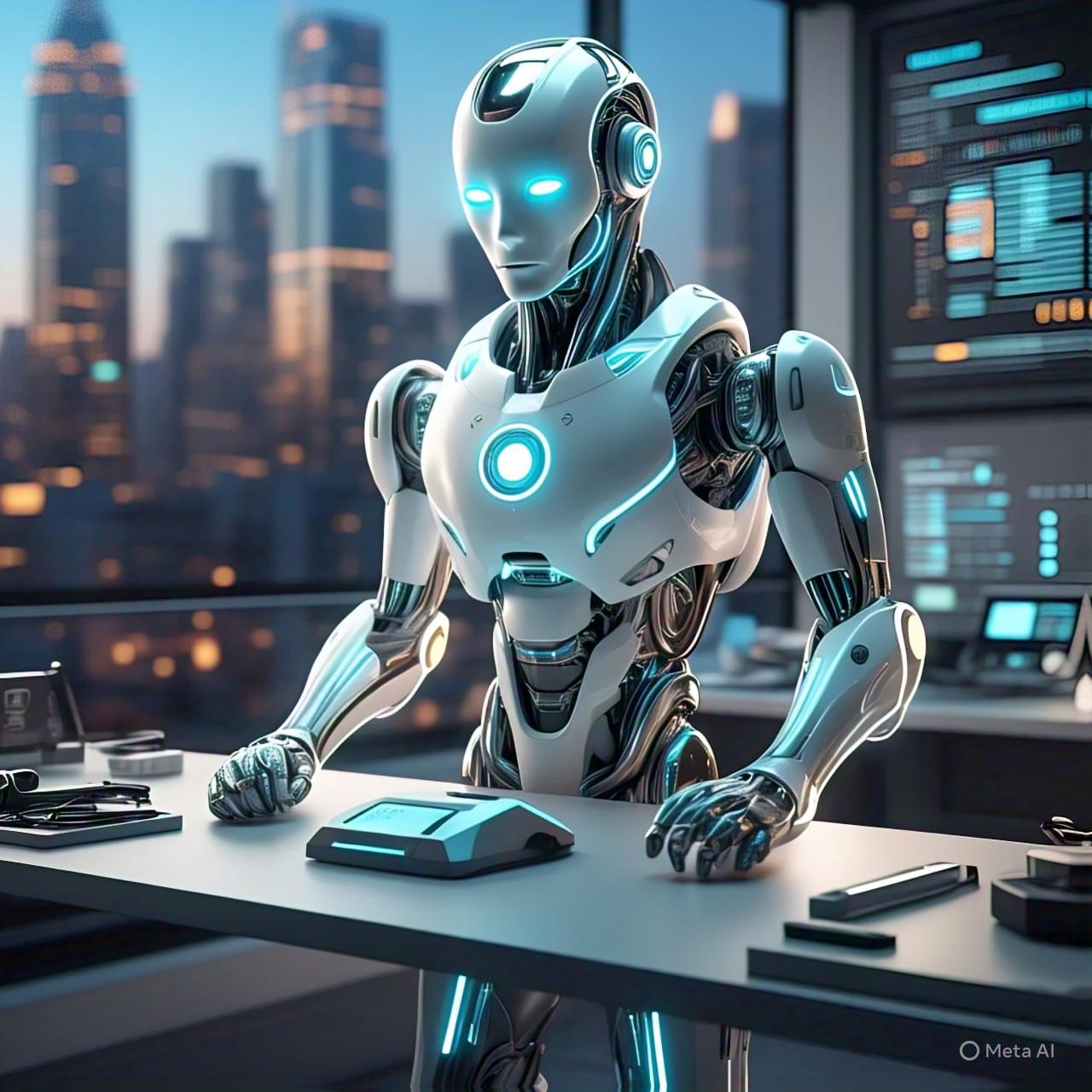What if the galaxy isn’t empty—but locked in a silent Cold War between ancient alien empires? This episode explores the Dark Forest Theory, Interdiction Bubbles, and what it means if our galaxy is shaped by dormant, watchful civilizations playing a long game of survival and subtle dominance.
Watch my exclusive video Antimatter Propulsion: Harnessing the Power of Annihilation — https://nebula.tv/videos/isaacarthur–… Nebula using my link for 40% off an annual subscription: https://go.nebula.tv/isaacarthur Get a Lifetime Membership to Nebula for only $300: https://go.nebula.tv/lifetime?ref=isa… Use the link gift.nebula.tv/isaacarthur to give a year of Nebula to a friend for just $30. Visit our Website: http://www.isaacarthur.net Join Nebula: https://go.nebula.tv/isaacarthur Support us on Patreon: / isaacarthur Support us on Subscribestar: https://www.subscribestar.com/isaac-a… Facebook Group:
/ 1,583,992,725,237,264 Reddit:
/ isaacarthur Twitter:
/ isaac_a_arthur on Twitter and RT our future content. SFIA Discord Server:
/ discord Credits: The Alien Cold War: Silent Competition Among Dormant Empires In A Dark Galaxy Episode 497; May 1, 2025 Written, Produced & Narrated by: Isaac Arthur Edited by: Donagh Broderick Graphics: Darth Biomech, Jeremy Jozwik, Ken York YD Visual, LegionTech Studios, Sergio Botero Select imagery/video supplied by Getty Images Music Courtesy of Epidemic Sound http://epidemicsound.com/creator Markus Junnikkala, “A Fleet Behind the Moon” Phase Shift, “Forest Night” Kai Engel, “Endless Story About Sun and Moon” Chris Zabriskie, “Unfoldment, Revealment”, “A New Day in a New Sector”, “Cylinder One” Taras Harkavyi, “Alpha and…” Stellardrone, “Red Giant”, “Billions and Billions“
Get Nebula using my link for 40% off an annual subscription: https://go.nebula.tv/isaacarthur.
Get a Lifetime Membership to Nebula for only $300: https://go.nebula.tv/lifetime?ref=isa…
Use the link gift.nebula.tv/isaacarthur to give a year of Nebula to a friend for just $30.
Visit our Website: http://www.isaacarthur.net.
Join Nebula: https://go.nebula.tv/isaacarthur.
Support us on Patreon: / isaacarthur.
Support us on Subscribestar: https://www.subscribestar.com/isaac-a…
Facebook Group: / 1583992725237264
Reddit: / isaacarthur.
Twitter: / isaac_a_arthur on Twitter and RT our future content.
SFIA Discord Server: / discord.
Credits:
The Alien Cold War: Silent Competition Among Dormant Empires In A Dark Galaxy.
Episode 497; May 1, 2025
Written, Produced & Narrated by: Isaac Arthur.
Edited by: Donagh Broderick.
Graphics: Darth Biomech, Jeremy Jozwik, Ken York YD Visual, LegionTech Studios, Sergio Botero.
Select imagery/video supplied by Getty Images.
Music Courtesy of Epidemic Sound http://epidemicsound.com/creator.
Markus Junnikkala, \

